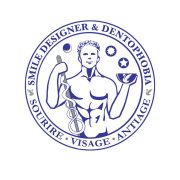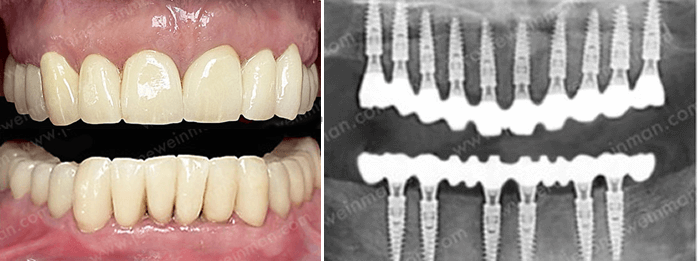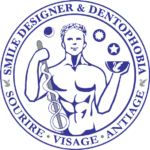YOUR TEETH ARE LOOSE OR LOST?
REDO YOUR SMILE IN A FEW DAYS
Replace your diseased teeth
thanks to the high technology of our protocols
of implant placement with immediate loading
Implantology in immediate loading
Redo your smile in a few days
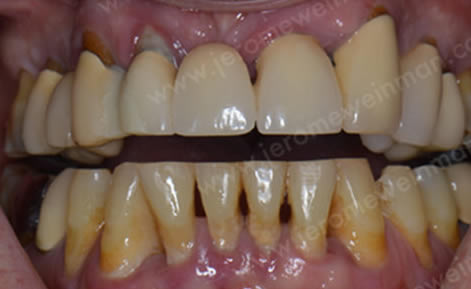
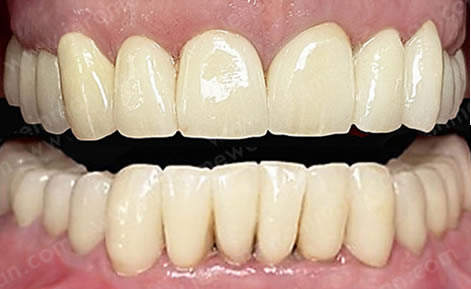

ICM or Immediate Implant Placement is the most modern and successful approach to the restoration of a completely edentulous arch.ICM replaces teeth with dental implants in one procedure and immediately creates a full bridge.
MCI videos: immediate implant loading
INTERVIEW DOCTOR-DENTIST
What is Immediate Charge (ICM)?
THE FILM OF THE IMPLANT PLACEMENT
The course of an implant surgery with MCI
THE SINUS LIFT FILM
Sinus filling for the placement of MCI implants
EVERYTHING you ever wanted to know
to remake your smile in a few days
SOLUTIONS TO REPLACE ALL OR PART OF YOUR TEETH IN MCI
TOTAL MOLAR TO MOLAR BRIDGE ON MCI IMPLANTS: "ALL ON 10" AND "ALL ON 8
The Must: the complete implant-supported bridge to replace all your teeth
With 10 implants in the maxilla and 8 in the mandible, it replaces all natural teeth, from molar to molar, with immediate loading or MCI.
One of the most sophisticated and satisfying protocols, both in terms of mastication and smile aesthetics, is the placement of a sufficiently large number of dental implants to support a fixed ceramic screw-retained bridge prosthesis.
THE "ALL ON 8" TECHNIQUE IN THE MAXILLA AND "ALL ON 6" IN THE MANDIBLE
This technique is only possible if we have sufficient bone volume
If the bone volume is sufficient, we try to go as far as the second premolar regions. We aim to be as close as possible to the sinus cavity in the maxilla. In general, thanks to the mini-implants, we extend downwards on the mandible, beyond the area of the inferior alveolar nerve exit, in order to be as posterior as possible. Thanks to this increased number of implants, we can create an implant-supported bridge with two molar extensions that largely restore molar occlusal and masticatory function.
YOU ARE UNIQUE!
CLINICAL CASES SMILE RECONSTRUCTION WITH MCI BEFORE AFTER TREATMENT
WE ANSWER YOUR QUESTIONS
on implantology with immediate loading
The dentist answers your most frequently asked questions. If your question is not mentioned, please contact him for an accurate answer.
No. This does not exist. The dental surgeon must choose from his panel of techniques those that are closest to the needs and desires of the patient.
It is up to the implantologist to propose implant solutions to manage the patient’s total edentulism, but it is up to the patient to choose THE solution that best suits him or her.
It is important to understand that each protocol has indications and contraindications, advantages and disadvantages.
At no time in these popularization chapters should it be understood that all clinical cases can be treated in the same miraculous way.
The demand of the dental surgeons in the modern protocols that are proposed to them is as much a restoration of the function, as of the anatomy and the aesthetics.
It is, of course, also the patients’.
But, even more concerning them, their demands are a complete erasing of their mutilations, of their physical and moral sufferings, the restoration of their spirit and of their life that has been turned upside down.
For this reason, modern dentistry is increasingly using restorative dental techniques with implants and immediate loading, or ILI.
However, the choice of technique is essentially based on the patient’s initial anatomical conditions, biological criteria and financial conditions.
In view of these requirements, the availability of professionals in the patients’ comfort zone and the required skills are necessary. The scarcity of professionals makes these things difficult.
However, thanks to information on the internet and social networks and ubiquitous direct communication in video appointments, patients are increasingly travelling and looking for their practitioners where they find their criteria of choice.
This is where modern digital imaging comes into its own.
3D radiology and modern 3D photography allows us to make a “digital copy” of the patient and to dematerialize it. 2D and 3D radiological files, scans, photos and biological data can be sent from any point in the world to another. Thus a patient can be diagnosed remotely via the internet and receive information.
- The first interest is to optimize the aesthetics of the gingiva (soft tissues) that will heal around the implant-supported prosthetic reconstructions of the full ceramic bridge type. Thanks to the early aesthetic maturation of the gingival scalloping around the platforms screwed into the dental implants, the aesthetic contours of the dental prosthesis are thus much better managed and the overall appearance is very natural.
- The second interest is to optimize bone healing around the implants: a bit like pins immobilize bones in the case of a bone fracture in a limb.
- The third advantage is that this protocol eliminates the need for the patient to wear tedious removable temporary prostheses (dentures). Moreover, wearing a removable prosthesis while the implants are under the gum may mobilize the implants and ruin the healing by osseointegration. Remaining edentulous for the time of osseointegration is the safest option to heal properly. But the patients are associalized. Thanks to the loading techniques, immediately after the placement of the dental implants following the dental extractions on the entire arch, this problem of asocialization is avoided without disturbing the healing process and even by promoting it.
By default, our protocol is to perform the following interventions simultaneously.
- Extract all remaining teeth during surgery
- Place dental implants immediately to replace them.
- Place an allogeneic bone graft to fill the bone gaps between the dental implants and the walls of the dental sockets after dental extractions. Also to “overfill” the oral bone walls and anticipate post-extraction bone resorption: this point is fundamental to restructure the aesthetics of the gingival scalloping around the ceramic prosthetic crowns on implants.
- Load the bone grafts with iPRF (Plasma Rich Fibrin). The contribution of PRF in its injectable form in the bone graft allows a contribution of cellular growth factors determining in the conduct of the MCI protocol. The healing factors contained in autologous blood concentrates promote angiogenesis and the formation of a neo-vascularization in both the jawbone (hard tissue) and the gum (soft tissue).
- Cover the bone grafts with aPRF (Plasma Rich Fibrin), in order to optimize bone and gingival healing as before.
- Suture the woundswith aPRF membranes so as not to create gingival tension by pulling the flaps.
- Make an impression to record the positioning of the implants placed.
- Make a temporary prosthesis within 2 to 3 days and screw it onto the implants.
The primary endpoint is the measurement of the available implantable bone volume using the 3D scanner.
This criterion will determine whether enough dental implants can be placed to support the weight of mastication on a fixed implant-supported prosthesis.
In a very schematic way, we will define here three main groups of solutions to restore the dental arches of an atrophic jaw with a fixed implant-supported dental prosthesis.
Of course, each case is different. Only a careful study of the clinical case, the needs, the desires and the level of requirements of the patients can lead to a choice of treatment plan.
